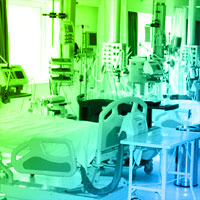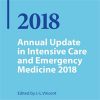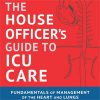Priority Levels in Intensive Care at an Academic Public Hospital
jamanetwork.com
This prospective study of medical records determined the proportion of medical ICU patients in each priority group within a tertiary care academic public hospital. Critical care services can be life-saving, but many patients admitted to ICUs are too sick or, conversely, not sick enough to benefit. ICU overutilization can produce more costly and invasive care without improving outcomes. Guidelines from SCCM prioritize patients for ICU admission based on projected likelihood of benefit (from highest to lowest priority) as follows: priority 1: critically ill, needing intensive treatment and monitoring that cannot be provided outside of ICUs; priority 2: not critically ill, but requiring close monitoring and potentially immediate intervention; priority 3: critically ill, but reduced likelihood of recovery because of underlying diseases or severity of acute illness; and priority 4: not appropriate for ICU; equivalent outcomes achievable with non-ICU care based on low risk of clinical deterioration, presence of irreversible illness, or imminent death.















